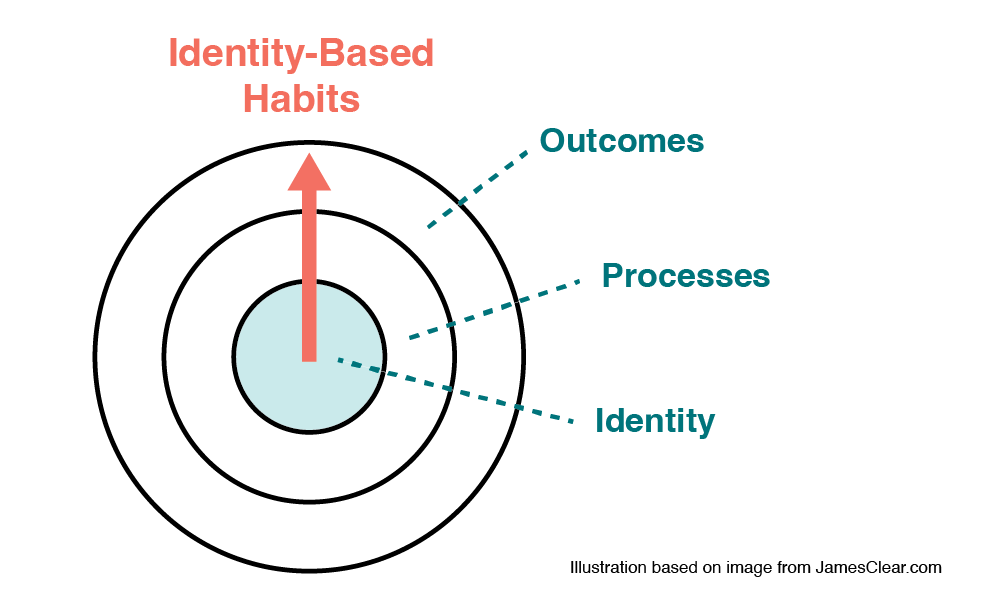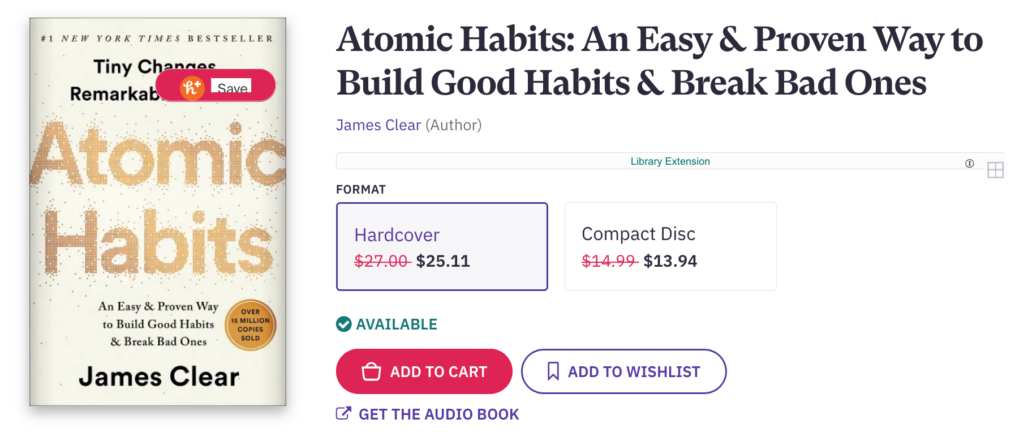
Have you heard the buzz about “atomic habits” and wondered what it’s all about? Atomic Habits is the title of a popular book by James Clear, as well as a framework for creating positive behaviors and habits—and breaking the not-so-good ones.
In his book, Clear outlines that habits, or “atoms,” are part of a larger system, or “molecules.” He points out that small changes add up to a big difference, and like compound interest, the effects of your positive habits multiply as you repeat them. As he says, if you get 1% better each day for one year, you’ll end up 37x better by the time you’re done.

Using the Atomic Habits approach also requires a change in mindset. Instead of focusing on goals, you should focus on the systems and habits behind them. Achieving a goal is a momentary change, but systems create long-term progress.
Improving by 1% isn’t particularly notable—sometimes it isn’t even noticeable—but it can be far more meaningful, especially in the long run.
James Clear, Atomic Habits
Improving habits has a powerful impact, however, they can be difficult to change. According to Clear, there are three layers of behavior change.:
There are two approaches to behavior change: outcome-based and identity-based. Most of us focus on outcome-based behavior change: we focus first on the outcome, then the process, then the identity.
EXAMPLE: I need to raise $50K from donors. I will review our email marketing list and make improvements. Then I will be a successful fundraiser.
According to Clear, what we should do instead is focus on identity-based behavior change: focusing first on identity, then the process, then finally, the outcome.

Instead of focusing on the outcome, first focus on your identity—who you wish to become. By repeating a behavior, you are reinforcing the identity behind that behavior. As you reinforce and build the identity, it will be more natural to continue to repeat the behavior.
EXAMPLE: I am a strategic fundraiser. I have created a targeted email marketing system. We will raise $50K from donors.
Behind every system of action is a system of beliefs.
James Clear, Atomic Habits
Now let’s put what we learned into practice. Using the Atomic Habits principles, ask yourself: “Who is the type of person that can get the outcome I want? And how can I prove it to myself with small wins?” Use this formula:
I am the type of person who [insert identity]. I will [small win] and [small win].
EXAMPLE: I am a strategic fundraiser. I will clean up our email list and create segments for our audiences.
Stay tuned for the next blog detailing how to put Atomic Habits into practice.

Buy Atomic Habits using my Bookshop affiliate link that benefits independent bookstores.
Want more branding and marketing tips and resources for your nonprofit, association, or other mission-focused organization? Join my monthly email list—plus get my free Nonprofit Branding Checklist.